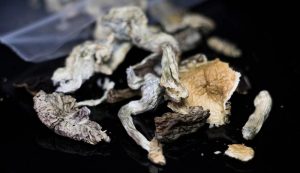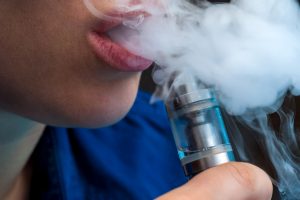
Transgender youth are more likely than others to experience sleep disorders such as insomnia and sleep apnea, and researchers now recommend these young people be screened for sleep problems. “Transgender and gender-nonconforming identity may precede mental health disorders, and both influence insomnia diagnosis,” said study co-author Galit Levi Dunietz, an epidemiologist in the University of Michigan neurology department’s division of sleep medicine. For the study, the researchers analyzed claims data from more than 1.2 million people aged 12 to 25. Among them were just over 2,600 young people who identified as transgender or gender-nonconforming. The investigators found that transgender youth were 5.4 times more likely than cisgender youth to have insomnia. They were also three times more likely to have sleep apnea or other sleep disorders. (Cisgender means they identify with the gender assigned at birth). The results show a concerning number of individuals with disorders that harm sleep quality, said co-author Dr. Ronald Gavidia, a sleep medicine physician at the university. Other research has suggested that transgender youth and adults also have a high prevalence of depression and anxiety symptoms. These are known to affect sleep quality and health, and they may be contributing to insomnia in this group, the study authors noted. “Given this higher prevalence of sleep disorders in relation to cisgender youth, clinicians should consider screening and testing this population for… read on > read on >






































